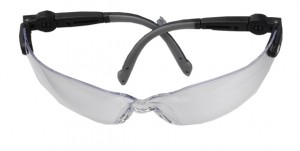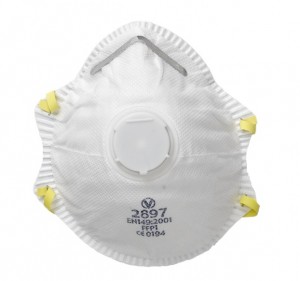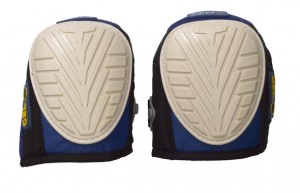DIY safety
DIY safety is always a topic that springs to my mind after Christmas, as there will be a considerable number of people who have just received some sort of tool or gadget that they may not be too familiar with, and without wanting to be too much of a killjoy, nambypamby, health and safety bore, I just wanted to jot down a few points of guidance before you set about your first project. The list below mainly relates to DIY safety with power tools, but too be honest it could also include many hand tools. Anyway, these are my top five, but of course the perfect safety list will be much, much longer.
1. Always read the instructions
Yes I know, incredibly tedious, and new instruction manuals can resemble the size of an average novel, but even if you are familiar with a particular tool, manufacturers are always adding little features and changing specifications, so you must check. For example, I’ve owned several mitre saws, and every one has had a slightly different safety mechanism relating to how you actually turn the thing on.
2. Safety goggles

Keep safe whilst still looking cool.
For me, safety goggles or glasses, are my number one piece of safety equipment. Without doubt, the most damage I’ve caused myself, and the most damage I’ve seen, has related to not using sufficient eye protection. Now, my excuse for neglecting eye safety goes back to the days when eye protection availability was limited to goggles the size of conjoined plastic goldfish bowls, which were about as transparent as the English channel on a stormy day. So, not surprisingly, one often felt it was more dangerous not actually being able to see the job you were doing rather than wearing goggles to protect your eyes.
However, now, eye protection in the form of goggles and safety spectacles are superb in all aspects of design and ease of use. Lots more about the options in my ‘Eye protection guide’.
3. Dust masks

Check what you’re working with before deciding on the type you need.
Dust masks are an important part of your DIY safety kit, and although a lot of the materials we now use around the home are not as potentially toxic as they used to be (paint for example), you still need to take care, and it is often the older stuff that you start cutting or shifting about that can produce the sort of particles you really don’t want to inhale.
Bare minimum DIY safety is achieved using the cheapo masks that only protect against non-toxic dust. For all the different levels of protection, it is well worth looking through the complete Screwfix range.
4. Knee pads

Knee pads are well worth it for the long run, and vital in the short run as anyone who has knelt on a stray screw or nail will tell you.
Knee pads may not feature too highly on most DIY safety lists, but in terms of long term damage limitation, trust me as they are really important. Nearly every electrician, plumber or decorator I talk to about safety kit will always say that if they could have their time again, they would have always worn knee pads every day. Walk around any building site and listen out for the huffing and blowing as tradesmen stand up and kneel down to carry out their work – it sometimes competes with the volume of the site radio.
Yes, I know that most DIY enthusiasts are not working on their home every day, but do get in the habit of wearing them as you will definitely lessen the cumulative damage which can indeed be considerable especially, for example, if you are also a keen sportsperson.
5. Working late
Apart from the fact that you will probably have your neighbours banging on the door, and I don’t have any scientific evidence, but I would almost be certain that most DIY injuries occur when it’s late and/or you are tired. Now, as a matter of necessity, I appreciate that most people work and so many people will do a bit of home improvement in the evening as that is one of the only potential windows of opportunity. But, I would recommend that if you are getting the power tools out, wait till the weekend or holidays so you can start the job with a clear head, and also prevent your neighbours from getting environmental health on your case.
These are my top five, but depending on the particular job you are doing, there are often other essential requirements such as ear defenders, hard hats and protective gloves. Also most of us have water and electricity supplies, and for many of us, gas or oil is piped into our home – all of which have potential for danger when working around. Therefore, be aware of local codes of practice, and only work within the law. So, don’t get paranoid about DIY safety, but do keep safe when carrying out any work in your home.
